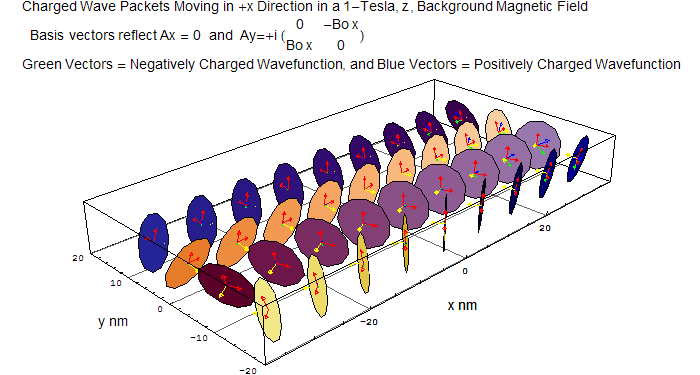QCD AND GUAGE THEORY
Gauge theory, a subset of quantum field theory, is a widely used mathematical theory to explain subatomic particles and the wave fields that surround them. It draws on both quantum mechanics and Einstein's special theory of relativity. A gauge theory contains a set of field variable transformations (gauge transformations) that maintain the fundamental physics of the quantum field. This requirement, known as gauge invariance, gives the theory a particular symmetry that controls its equations. Briefly stated, broad limits on the interactions between the field described by a certain gauge theory and elementary particles are imposed by the structure of the group of gauge transformations in that theory.
The classical theory of the electromagnetic field, put forth by the British physicist James Clerk Maxwell in 1864, is the forerunner of gauge theories, though Hermann Weyl, a German mathematician, didn't completely develop the idea of gauge transformation until the early 20th century. The magnitudes of the electric and magnetic fields, which can be defined in terms of auxiliary variables, are the primary field variables in Maxwell's theory (e.g., the scalar and vector potentials). According to this theory, the gauge transformations are specific changes in the magnitude of those potentials that don't affect the electric and magnetic fields. Quantum electrodynamics, sometimes known as QED, is a contemporary theory of electromagnetism that maintains this gauge invariance. contemporary work on gauge

American physicists Chen Ning Yang and Robert L. Mills' attempt to develop a gauge theory of the strong interaction in 1954 marked the beginning of theories. The isospin (q.v.) of strongly interacting particles was the subject of the group of gauge transformations in this theory. Steven Weinberg, Sheldon Glashow, and Abdus Salam created a gauge theory in the late 1960s that unifies the treatment of electromagnetic and weak interactions. The electroweak theory, as it is now known, has achieved remarkable success and is widely accepted. A lot of work was done in the middle of the 1970s to create quantum chromodynamics (QCD), a gauge theory of the interactions between quarks (see quark). The idea of gauge invariance seems crucial for a variety of theoretical reasons, and many physicists think that the ultimate unification will result from this theory. A gauge theory will be able to explain all of the fundamental interactions, including gravitational, electromagnetic, strong, and weak. Quantum field theory is another option..
